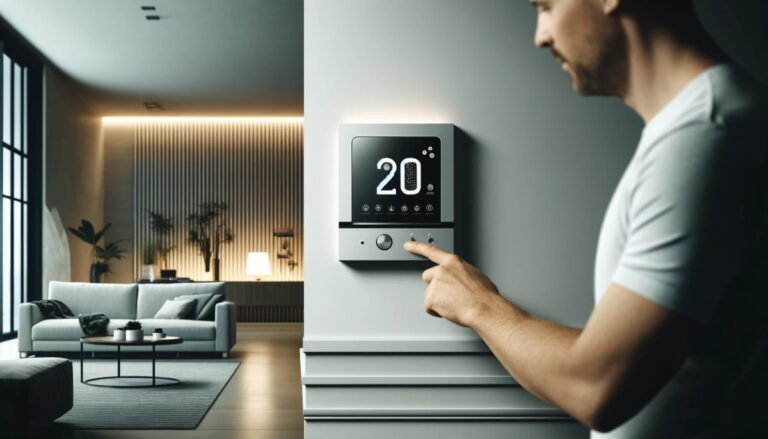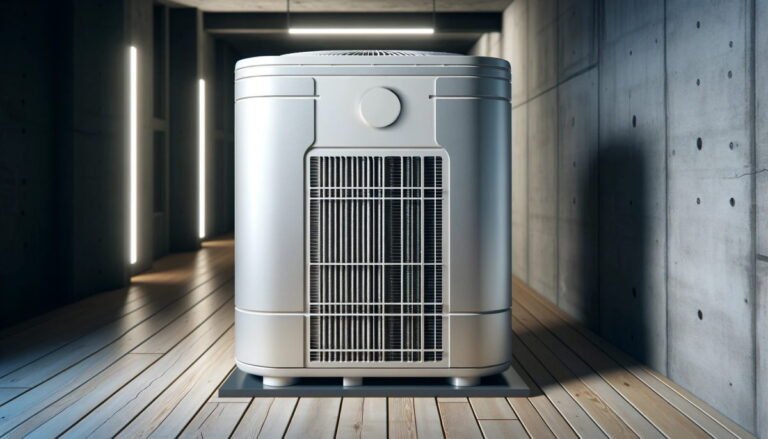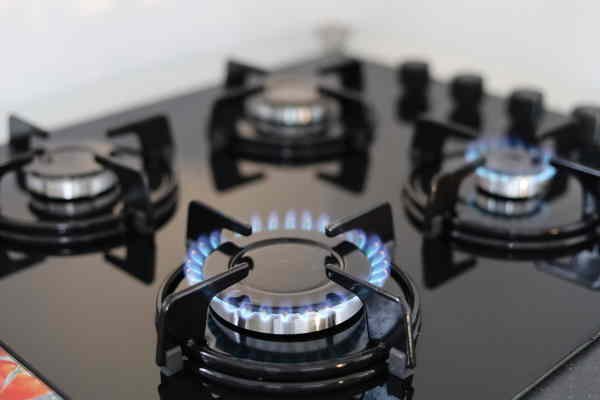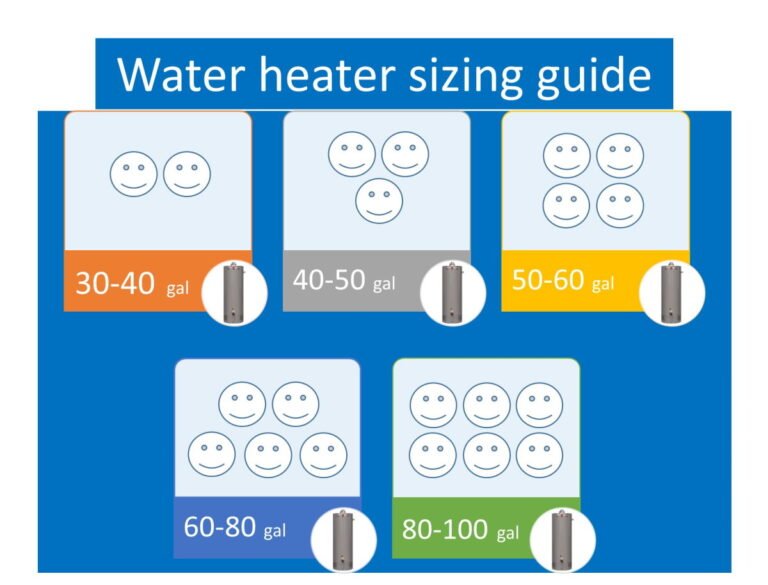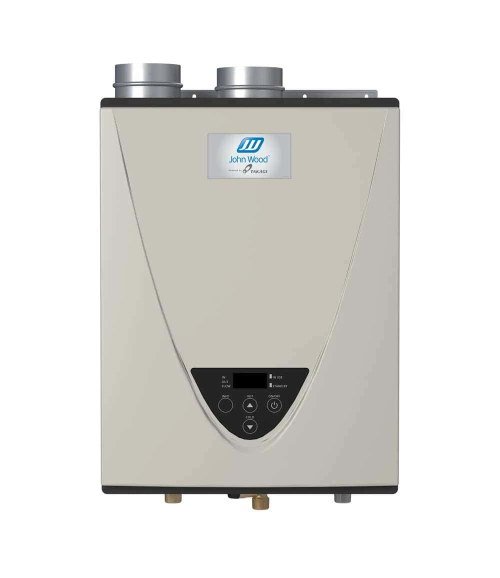Compare Oil Radiator Heater vs. Infrared: Choose the Best Type!
When it comes to home heating solutions, comparing an oil radiator heater vs. an infrared heater and choosing the right one can significantly impact your comfort and energy efficiency.
In this review, we will compare these two popular heating options, examining how each type works, their advantages, potential downsides, and who they are best suited for. By understanding these factors, you can make an informed decision on which system is the best fit for your specific needs.
Oil Radiator Heaters Explained
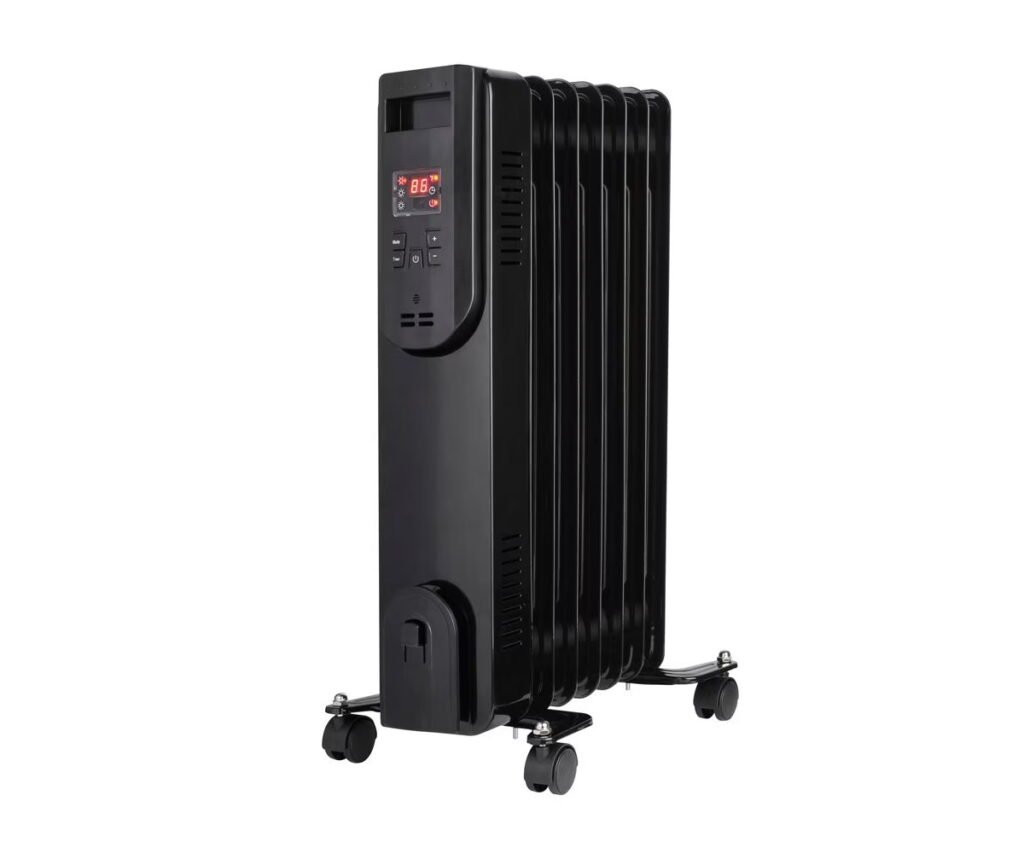
How Do They Work?
Oil radiator heaters, also known as oil-filled radiators, are a popular and budget-friendly option for providing extra heat in your home. They are great for giving a gentle, temporary boost to your room’s temperature.
However, it’s important to remember that like all electric heaters, oil-filled radiators can consume a lot of energy, making them expensive to run for long periods or as a primary heating source. They work best as a supplementary heat source, offering a comfortable warmth exactly when and where you need it.
What makes them particularly effective is their high inertia—meaning they store a lot of heat while on and continue to release this warmth even after being turned off. This ensures a lasting, cozy environment in your room.
The design of oil-filled radiators is both efficient and practical. They use highly refined mineral oils within a series of closely spaced fins, which helps to distribute heat evenly. As the electric heating elements warm the oil, it transfers heat to the metal casing and then into the room.
This process, known as thermal convection, circulates warm air without the noise of a blower fan, making these heaters ideal for bedrooms or other quiet spaces. The consistent warmth provided by oil-filled radiators, combined with their near-silent operation, makes them a great addition to your home heating strategy.
Benefits
When considering oil radiator heater vs. infrared, it’s important to understand the unique benefits each type offers. Here are the advantges of the oil-filled radiators:
- Portability: Due to their compact size, oil radiator heaters can be easily moved from room to room, provided there is a power outlet. You just need simply to plug them into an electrical outlet to start heating. They often feature caster wheels and carrying handles for convenience, making them a versatile heating solution for any part of your home.
- Energy Efficiency: Oil-filled radiators are highly energy efficient. They only heat the room you are in, which can lead to significant energy savings compared to central heating systems. If you need to heat multiple rooms, you can use multiple units to focus energy where it’s needed most.
- Quiet Operation: With no moving parts, these heaters operate silently. This makes them ideal for bedrooms, living rooms, and other quiet spaces where noise could be a disturbance, especially at night.
- No Refilling Needed: The radiators are permanently sealed, eliminating the need for oil refills. Although some users report an initial oil smell, it quickly dissipates after the heater warms up, leaving no ongoing maintenance issues.
- Safety: These heaters have a low surface temperature, reducing the risk of burns and preventing dry air, which can be a problem with other heating methods. Some models come with high-temperature protection and tip-over switches for added safety.
- Comfort and Convenience: They produce steady, radiant heat and come with adjustable thermostats and various heat settings. Many models offer digital controls and remote options, allowing you to customize your comfort level easily.
- Aesthetic Appeal: Modern models have sleek designs that blend well with home decor. They can be placed discreetly in any room without detracting from the aesthetic.
- Durability and Reliability: These heaters are built to last, offering durability and consistent performance. They require no maintenance and continue to radiate heat even after being turned off, providing continuous warmth.
Related: Steam vs. hot water radiators
Drawbacks
- Slow Heating: Oil radiators take some time to heat up, as the oil needs to reach the desired temperature before it can start radiating heat. This makes them less suitable for quick heating needs.
- Weight: Although they are portable, oil-filled radiators can be relatively heavy compared to other types of heaters, making them slightly cumbersome to move frequently.
- Initial Oil Smell: Some users may notice a slight oil smell when first using the heater, although this typically dissipates after the initial use.
- Limited Coverage: While effective for small to medium-sized rooms, oil radiators may struggle to heat larger areas efficiently.
Why Use an Oil-Filled Radiator?
Oil-filled radiators are ideal for homeowners who want to efficiently heat small to medium-sized rooms without drying out the air. They are perfect for bedrooms, living rooms, and any quiet spaces where noise-free operation is preferred.
These heaters are recommended for those seeking a reliable, energy-efficient, and low-maintenance heating solution. They offer consistent, safe, and comfortable heating, making them a valuable addition to any home.
Infrared Heaters: Things to Consider
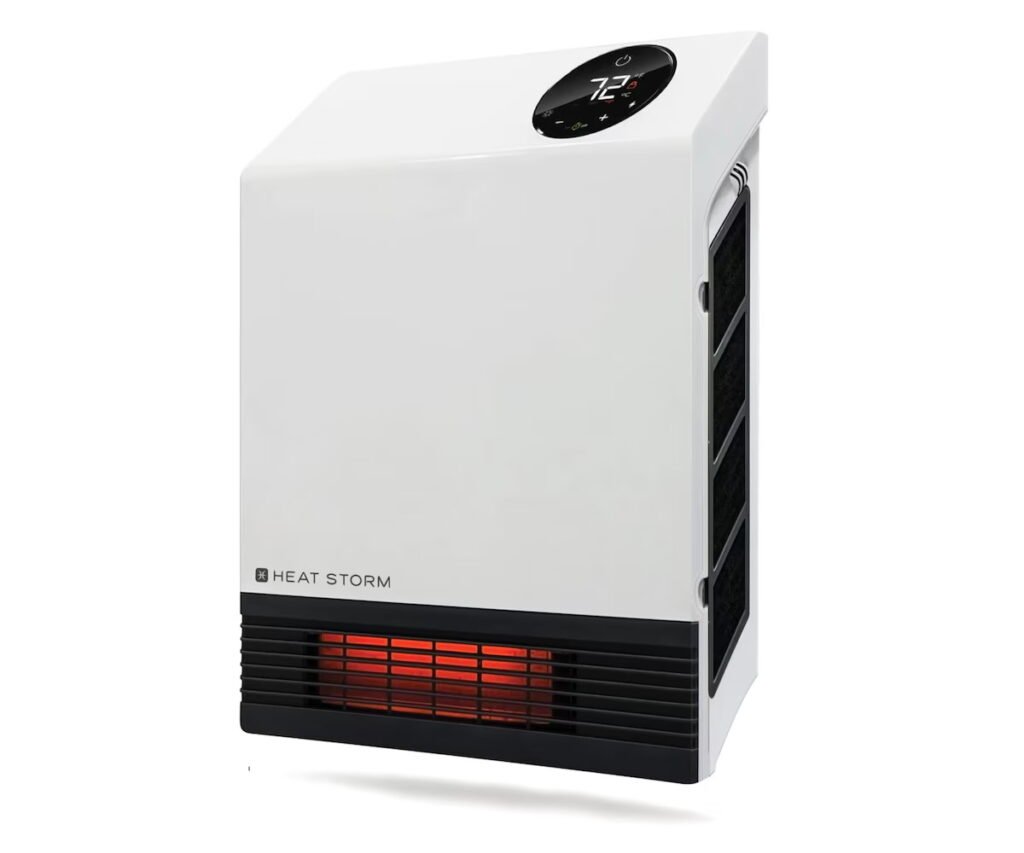
How Do They Work?
Infrared heating work by converting electricity into radiant heat, which then directly warms up the objects and people in the room. It’s kind of like the way the sun heats up the Earth, making it a natural and efficient way to stay warm.
When you turn on an infrared heater, it emits infrared rays that travel through the air without actually heating the air itself. Instead, these rays warm up whatever they hit, like your furniture, walls, and even you.
The best part is, these warmed objects then release heat back into the room, keeping it cozy. This direct heating method means less dust and allergens get stirred up compared to traditional heaters, which makes for cleaner indoor air and a more comfortable environment.
They can be powered by natural gas or propane, and each type comes with different maximum output levels, controls, and designs. Despite these variations, some general benefits and drawbacks apply to all infrared heaters.
They are known for providing clean, efficient, and direct heating, making them a popular choice for homes and workplaces during the cold winter months. While they may not heat entire rooms as effectively as traditional heaters, their ability to deliver quick and targeted warmth makes them a heating option worth considering.
Benefits
- Quick Heating: Infrared heaters provide immediate warmth, making them ideal for spot heating. As soon as you turn them on, you feel the heat almost instantly, which is perfect for those cold winter mornings.
- Energy Efficiency: These heaters use less energy than conventional heaters and allow for lower thermostat settings. They are designed to provide heat directly to people and objects rather than heating the entire room, leading to significant energy savings.
- Clean Operation: Infrared heaters burn clean and do not produce dry heat. They don’t rely on air currents to transfer heat, which helps reduce the circulation of dust and allergens, making them a healthier option.
- Versatility: Suitable for both indoor and outdoor use, infrared heaters provide immediate heat regardless of the weather. They are perfect for patios, garages, and other outdoor areas where traditional heaters might be ineffective.
- Flexibility: They can be used in various residential and commercial settings. Some models can be mounted on walls or ceilings, saving floor space and offering flexible installation options.
- Portability: Infrared heaters are lightweight and easy to carry, often featuring caster wheels for larger models. This makes them highly portable and convenient to move around as needed.
- Affordability and Maintenance: Generally more affordable than oil-filled radiators, infrared heaters are also easier to service and maintain. They typically require little to no maintenance.
- Storage: These heaters are easy to store due to their compact size and lightweight design. When not in use, they can be conveniently stored away without taking up much space.
Drawbacks
- Directional Heating: Infrared heaters provide focused heat, meaning they are excellent for spot heating but may not effectively heat an entire room.
- Safety Concerns: While many models have safety features, the heating elements can become very hot to the touch, posing a burn risk if not used carefully.
- Light Emission: Infrared heaters emit a visible glow when in operation, which might be distracting or undesirable in some settings.
- Not Ideal for Overnight Use: Due to the high temperatures they reach and the light they emit, infrared heaters are not recommended for use while sleeping or when left unattended.
Why Use an Infrared Heater?
Infrared heaters are perfect for individuals who need quick, direct heating. They are particularly suitable for outdoor spaces, such as patios and garages, and for spot heating within homes and offices.
For those who require immediate warmth in specific areas, infrared heaters offer a cost-effective, energy-efficient solution. Their versatility in both indoor and outdoor settings makes them a valuable addition to any heating strategy.
Oil-Filled Radiators vs. Infrared Heaters Comparison
| Type | Oil-filled radiators | Infrared heaters |
| Heating recovery | Slow | Fast |
| Efficiency | Efficient | Less efficient (only in front of the unit) |
| Even heat distribution | Yes | No |
| Large space heating | Yes | No |
| Heating capacity | High | Low |
| Heating modes | Yes | Yes |
| Digital display | Yes | Yes |
| Remote | Yes | Yes |
| Plug-and-play | Yes | Yes |
| Use | Indoors | Indoors and outdoors |
| Mount | Floor standing | Wall and ceiling |
| Comfort | Better | Good |
| Maintenance | Low | Low |
| Safety | Safe to touch | Not safe to touch |
| Size | Large | Small to large |
| Weight | Heavy | Lightweight to heavy |
So, Which is Better: Oil Radiator or Infrared Heater?
As we can see when considering an oil radiator heater vs. infrared heater, it’s important to understand the distinct benefits of each type. Oil radiator heaters are ideal for those who need to heat an entire room evenly and quietly. They provide excellent energy efficiency, safety features, and a sleek design that fits well in any home setting. These heaters are perfect for maintaining a comfortable, cozy environment with minimal noise and maintenance.
On the other hand, infrared heaters are best for those who need quick, direct heating, particularly in outdoor or drafty indoor areas. They deliver immediate warmth and are highly energy efficient for spot heating. Their versatility and low maintenance make them suitable for various applications, though they are not ideal for continuous overnight use.
In conclusion, if you seek consistent, comfortable heat throughout a room, an oil radiator heater is likely the better choice. If you need rapid, targeted heat for specific areas or outdoor spaces, an infrared heater is the way to go. Both options can enhance your comfort, so consider your specific needs to make the best choice.
More Articles About Home Heating
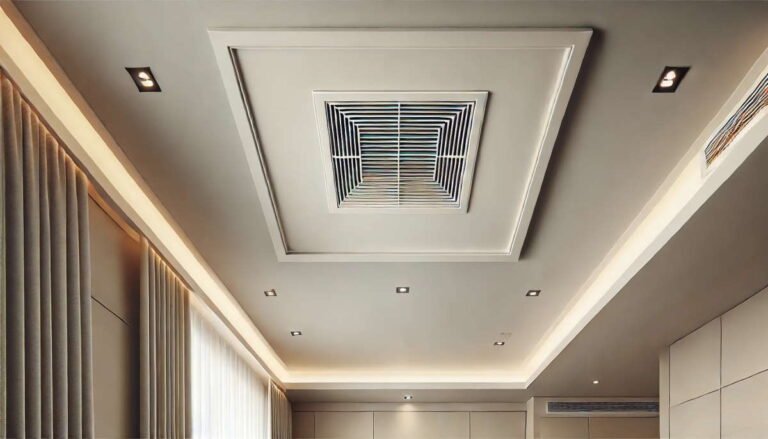
Tips and Tricks on How To Remove Bad Smell From The Air Ducts
The bad smell from the air ducts of your HVAC system is a common problem for many homeowners. Ductwork is the…
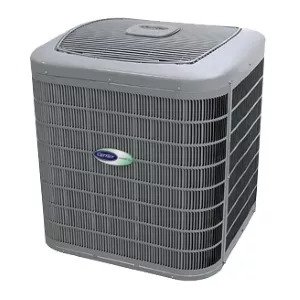
Heat Pump Not Cooling? Here’s What You Need to Know
Heat pumps are essential not only in the winter for heating our homes but also in the summer to cool…

Compare Ductless Mini-Split Heat Pumps vs. Window Heat Pumps: Which Is Right for You?
In this article, we are going to look at ductless mini-split heat pumps vs. window heat pumps, examine how each…

